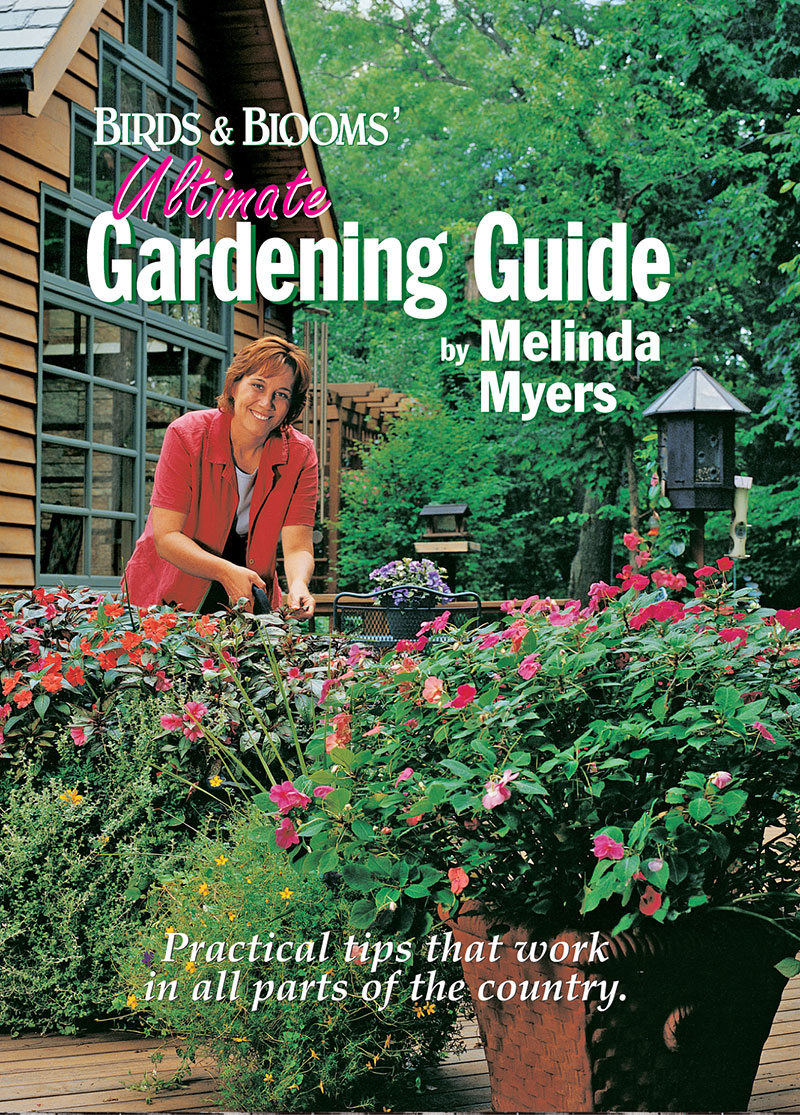Winter Weeds a Nectar Source for Pollinators
Early spring blooms of henbit and purple deadnettle are an important nectar source for several pollinators. Consider managing these weeds with the pollinators in mind.
Henbit (Lamium aplexicaule) and purple deadnettle (Lamium pupureum) are winter annuals. They sprout a cluster of leaves in fall that survive the winter. In early spring the plants continue to grow, flower, drop seeds and die.
Contain these weeds by keeping nearby plants and the lawn healthy. Remove small populations by hand after the flowers fade, but before they set seeds.
It may make it easier to tolerate these unwanted plants knowing honey bees and bumble bees feed upon the henbit nectar. The purple deadnettle feeds these as well as digger bees, a group of large ground nesting bees.
Both attract the giant bee fly, a bee mimic. The adult is a pollinator while the larvae is a parasite feeding on various insects including cutworms.
A bit more information: Both the henbit and purple deadnettle are members of the mint family. Roll their stems between your fingers to find the distinctive square stems of mint family members.
Related

Audio

Audio

Audio
Categories
Upcoming Live Events
& Webinars
April 27, 2024
Ridges & Rivers Book Festival
Viroqua, WI
Register now
April 28, 2024
Flowering Trees and Shrubs
Ebert's Greenhouse Village, Ixonia, WI
May 1, 2024
FREE WEBINAR
Ornamental Fruits and Vegetables
Register now
May 4, 2024
Garden U 2024
New Richmond, WI
Register now
May 9, 2024
FREE WEBINAR
How to Plant Your Rain Garden
Register now
May 11, 2024
Ask The Plant Doctor Q & A
Ebert's Greenhouse Village, Ixonia, WI
May 12, 2024
Ask The Plant Doctor Q & A
Ebert's Greenhouse Village, Ixonia, WI
May 18, 2024
Ask The Plant Doctor Q & A
Ebert's Greenhouse Village, Ixonia, WI
June 1, 2024
Selecting, Planting, Pruning and Caring for Hydrangeas
Ebert's Greenhouse Village, Ixonia, WI
June 5, 2024
FREE WEBINAR
Under-Appreciated Pollinators
Register now
WATCH ON-DEMAND WEBINARS
Learn More

















